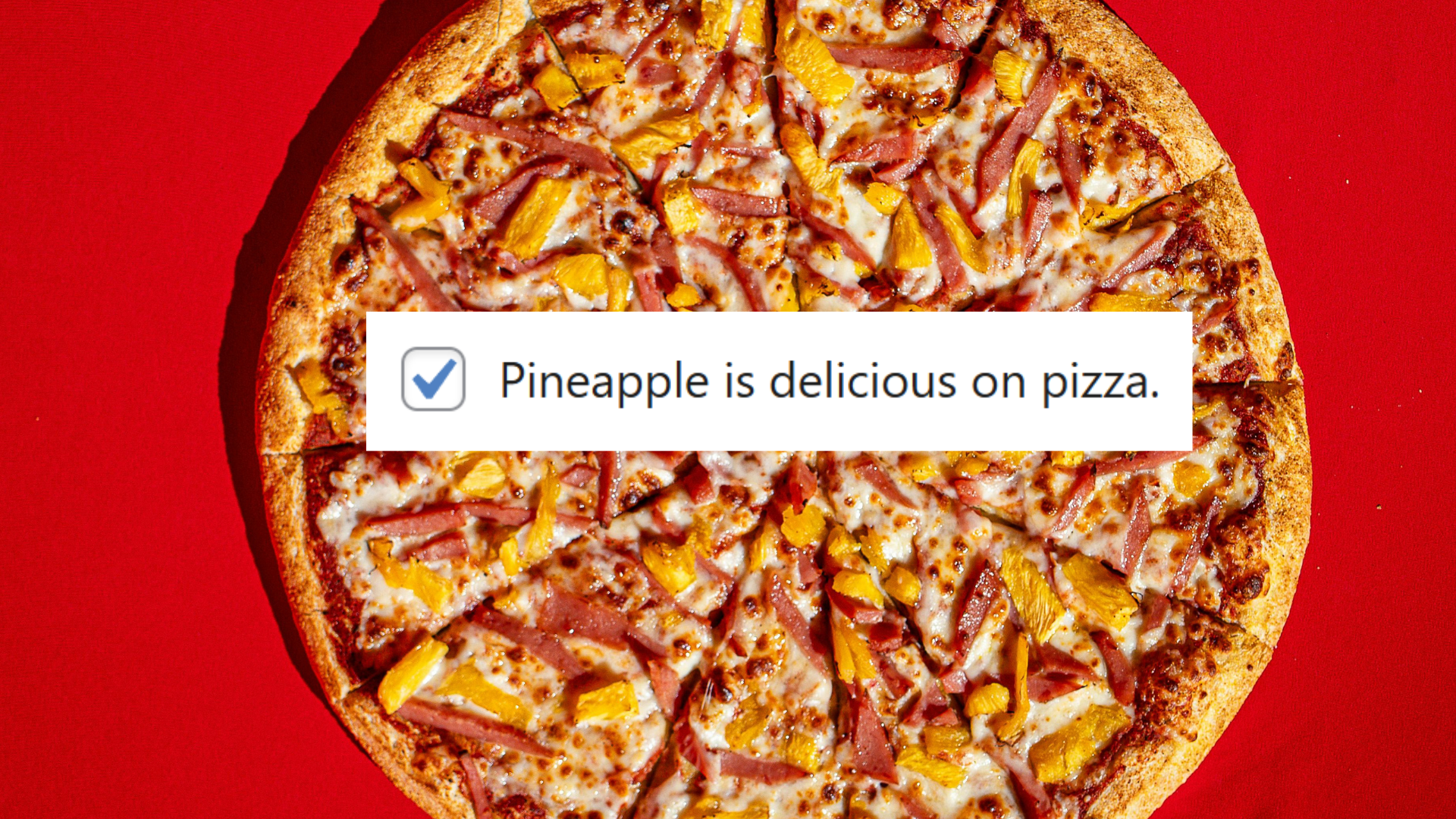People Think AI Images of Hollywood Sign Burning Are Real
There’s a video going viral this week of the Hollywood sign in Los Angeles with a wildfire raging behind it, letters glowing in the blaze. It’s a powerful scene, up there with the burning McDonald’s sign in imagery that’s come out of this week’s devastating fires spreading across LA.
Unfortunately goes hard pic.twitter.com/Hzglibzs4t
— Joseph 🕊️ (@CaudilloXIV) January 9, 2025
I've seen several people sharing this same video with shades of shock and heartbreak. But it’s AI-generated. When it was posted, according to a Community Note on one of the posts, a look at the Hollywood sign livestreams showed the sign was fine; as of writing, the feeds are down, but Hollywoodsign.org, a website that runs a live webcam pointed at the sign, told fact-checking site Snopes "Griffith Park is temporarily closed as a safety precaution, but the Sign itself is not affected and is secure — and the cameras will slowly but surely come back up."
Another viral image of the Hollywood sign burning is also AI:
🚨 All reports that the Hollywood sign is on fire are false. This is a AI generated image. 🚨
— Media Insider (@_MediaInsider) January 9, 2025
#Hollywood #California #LosAngeles #HollywoodHills #RunyonCanyon #PalisadesWildfire #Palisades #PacificPalisades #Curson #lafires #wildfires #BreakingNews #WorldNews #HollywoodSign pic.twitter.com/HOzVe2bCHm
Then there’s X poster Kevin Dalton’s image, which he later admitted was made with X’s Grok generative AI tool “for now,” showing what I can only assume he imagines as “antifa” in all black descending on a burned-out neighborhood to loot it. “The remains of Pacific Palisades will get picked clean tonight,” he wrote. (Dalton’s been making AI paint him little fantasy pictures of Trump firing California governor Gavin Newsom, so this is a big week for him.)

People are also obsessively generating Grok images of Newsom fiddling in front of fires or saving goldfish (???).
Grok nailed it. Gavin Nerosome playing the fiddle while California burns. pic.twitter.com/BlfaLEcFjW
— Liekitisn’t (@liekitisnot) January 8, 2025
Grok showing Gavin Newsome saving a goldfish during the fires pic.twitter.com/mX3qb61M5q
— KillaKirby (@KillaKirby1) January 9, 2025
The very real footage and images coming out of Southern California this week are so surreal they’re hard to believe, with entire miles of iconic coastline, whole neighborhoods, and massive swaths of the Pacific Palisades and LA’s east side turned to ash (and still burning as of writing).
Interestingly, a lot of this week’s news cycle has turned to blaming AI and its energy usage as contributing to climate change. But others are not wasting an opportunity for boosterism. In a stunning show of credulity, British-owned digital newspaper The Express ran a story with the headline “Five dead in LA fires as residents think AI tech could have prevented disaster” based on a quote from one evacuating 24 year old they found who took the opportunity in front of a reporter to breathlessly shill for AI, as an AI industry worker himself. “[Los Angeles’] fire and police departments don’t invest in technology [sic] hopefully more people build AI robotics solutions for monitoring or help. Instead a lot of people in ai are building military solutions. Aka putting a gun on top of a robot dog,” Chevy Chase Canyon resident William Lee told The Express. “Robotics operated fire response systems. It costs $6-18k for AI humanoid robots. LAFD salary is approx $100k/yr… 3,500 firefighters. We can slowly integrate robotics to put less lives at risk, but also for assistance."
That guy was so close to saying something prescient it’s painful: Robot dogs are a stupid waste of taxpayer money, and not a hypothetical one, as LA approved $278,000 for a surveillance robot dog toy for the LAPD in 2023. But the Los Angeles Fire Department’s budget was cut by nearly $17.6 million this fiscal year, while giving even more money to the police department’s already massive budget: the LAPD received a $2.14 billion budget for the 2025-26 fiscal year, representing an 8.1% increase.
“Humanoid robots” as an absurd proposition aside, I don’t want to write off all forms of new technology as useless in natural disasters. Machine learning and machine vision technology seem to show promise in helping detect, track, or prevent wildfires: Last week, University of California San Diego’s ALERTCalifornia camera network alerted fire officials of an anomaly spotted on video, and firefighters were reportedly able to contain the blaze to less than a quarter acre. But companies taking investment to “solve” wildfires are also profiting off of a crisis that’s only getting worse, with no promise that their solutions will improve the situation.
OCFA RESPONDS TO VEGETATION FIRE DETECTED EXCLUSIVELY BY ARTIFICIAL INTELLIGENCE – A FIRST IN AGENCY HISTORY
— OCFA PIO (@OCFireAuthority) January 3, 2025
Irvine, CA – In December 2024, the OCFA successfully utilized artificial intelligence (AI) to detect and >>> pic.twitter.com/mgo4HGFcGv
Overwhelmingly, AI is being crammed down the public’s throats as a tool for generating some of the dumbest bullshit imaginable. That includes misinformation like we’ve seen with these fires, but also bottomless ugliness, laughably terrible bots, sexual abuse and violence. And it’s sold to us as both our inevitable savior and the next world-ending existential crisis by people with billions earned on the theft of human creativity, and billions more yet to gain.
AI might help solve tough problems related to climate change and things like wildfires, water scarcity, and energy consumption. But in the meantime, data centers are projected to guzzle 6.6 billion cubic meters of water by 2027, in service of churning out sloppy, morbid fantasies about tragedies within tragedies.















